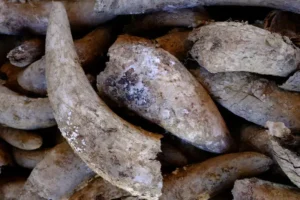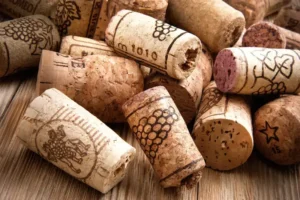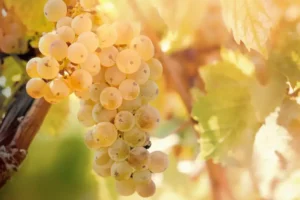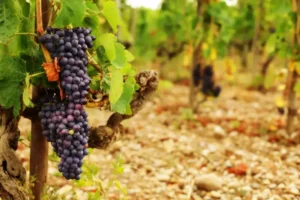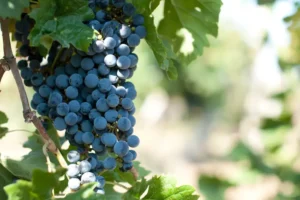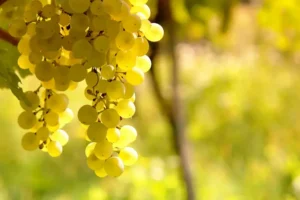What is Ice Wine?
Ice wine, also known as Eiswein in German, is a rare, unique and special type of dessert wine made from grapes that have naturally frozen on the vine. Unlike regular sweet wines, which may be concentrated through late harvesting or drying, true ice wine relies on the natural freezing process to intensify sugars, acidity, and flavours. The result is a lusciously sweet wine with vibrant freshness.
Ice wine is celebrated for its ability to capture the purest expression of the grape, offering intense fruit flavours while maintaining a lively, refreshing backbone. It is one of the world’s most elegant and sought-after dessert wines, often reserved for special occasions.
How is Ice Wine Made?
The production of ice wine is highly labor-intensive and requires precise conditions.
Grapes are left on the vine well past the usual harvest, often into December or January, until temperatures drop to a freezing point, typically between -7 and -13°C (19 to 9°F).
Freezing the grapes concentrates the juice – water remains as ice crystals, while sugars, acids, and aromatic compounds become highly concentrated.
Once fully frozen, the grapes are harvested, typically by hand, when the temperatures are at their lowest – in the middle of the night or early morning. The grapes are then immediately pressed, and the juice that is extracted is much more concentrated than regular grape juice.
The juice is then fermented, just like regular wine, but at a much slower pace because of the high sugar content. The fermentation process can take several months, and the final wine is much sweeter than regular wine, typically with a sugar content of around 220-300g/L.
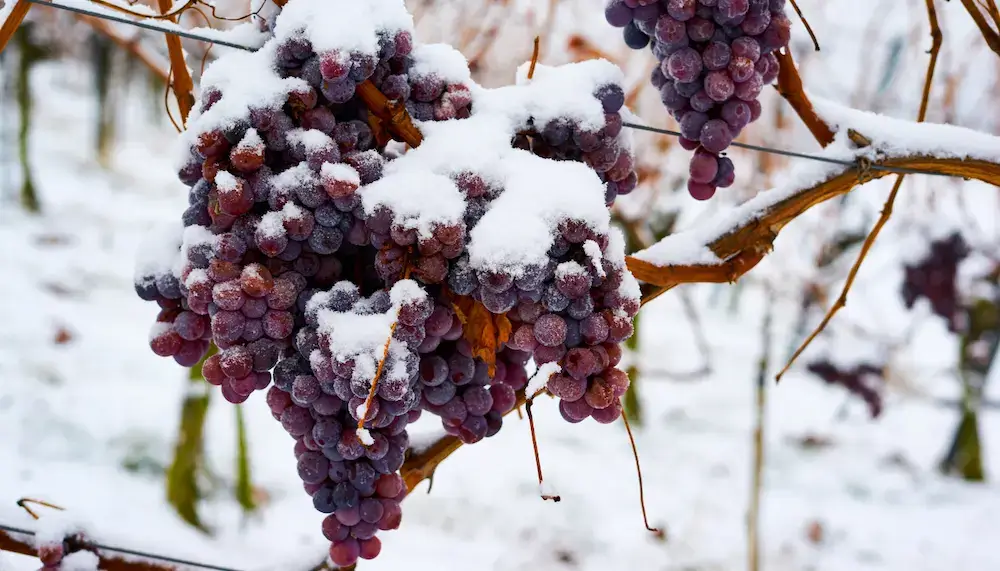
What Does Ice Wine Taste Like?
Ice wine is prized for its intense aromatics and layered flavours. Typical notes include:
- Fruits: Apricot, peach, pear, lychee, and tropical fruits
- Citrus & floral: Lemon, orange zest, honeysuckle, or jasmine
- Honeyed complexity: Honey, caramel, and sometimes a light nutty or beeswax note
- Texture & acidity: Despite its sweetness, the natural acidity gives it a crisp, refreshing finish, preventing the wine from feeling cloying
The grape variety also influences the style. For example, Riesling ice wines tend to be zesty and citrus-driven with floral and mineral notes, while Vidal Blanc (popular in Canada) often shows richer stone fruit and tropical flavours.
Food Pairings for Ice Wine
Ice wine’s sweetness and vibrant acidity make it surprisingly versatile with food:
- Fruit-based desserts: Tarts, crumbles, poached pears, or stone fruit desserts
- Cheese: Blue cheeses (like Roquefort) or creamy cheeses such as Brie or Camembert
- Chocolate: Pairs well with milk or white chocolate desserts; dark chocolate is more challenging but can work if fruit notes are involved
- Foie gras: A twist on the classic pairing with sweet wines – the wine’s sweetness balances the richness of the foie gras
Ice wine can also be enjoyed on its own as a small indulgent pour after dinner – its elegance makes it feel like a celebratory treat.

Where Do You Find Ice Wine?
Ice wine production requires a cool climate with reliable frosts, which limits the regions where it can be made:
Germany
The birthplace of Eiswein, primarily made from Riesling, Silvaner, and occasionally Pinot Blanc. German Eiswein is typically refined, zesty, and highly aromatic.
Canada
Particularly in Ontario’s Niagara Peninsula and British Columbia’s Okanagan Valley, using Riesling and Vidal Blanc. Canadian ice wines are often richer and more fruit-forward.
Austria
Known for Riesling and Grüner Veltliner Eiswein, with elegant structure and bright acidity.
Other regions
Small-scale production occurs in the United States (New York, Michigan, Washington State), Switzerland, and cooler parts of Australia.
Why is Ice Wine Expensive?
Ice wine is one of the most labour-intensive and high-risk wines to produce, which directly contributes to its higher price. Only grapes that freeze naturally on the vine can be used, which means vineyards must wait for the right frost – sometimes risking loss of the crop due to early thawing, disease, or animals.
Harvesting is almost always done by hand, often in freezing conditions, and only fully frozen grapes are pressed immediately. The yield is extremely small: it can take five to ten times the number of grapes to make a standard bottle compared to regular wine.
Fermentation is slow and can take months, requiring careful attention from winemakers. Combined with limited production regions and high demand for this rare sweet wine, these factors make ice wine a premium product.
Despite the price, enthusiasts value it for its intense flavours, perfect balance of sweetness and acidity, and exceptional rarity, making it a unique indulgence.

